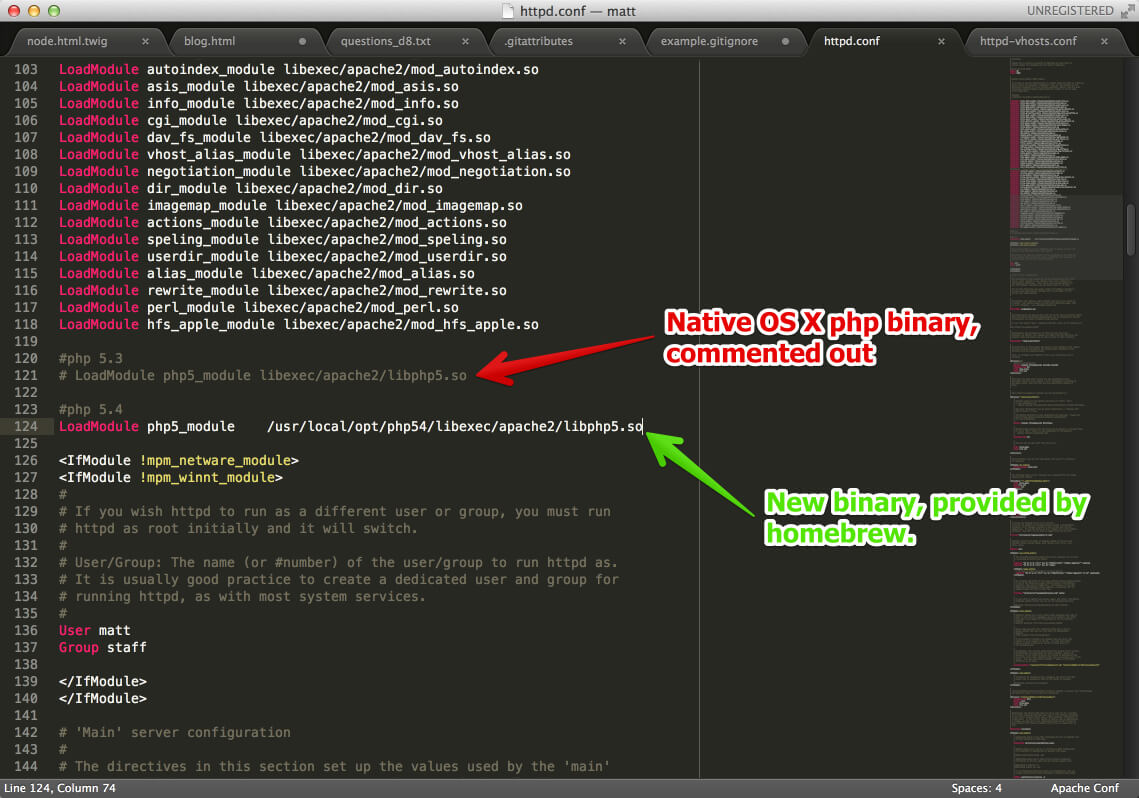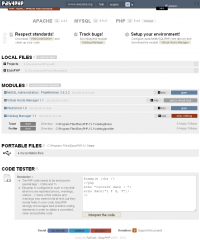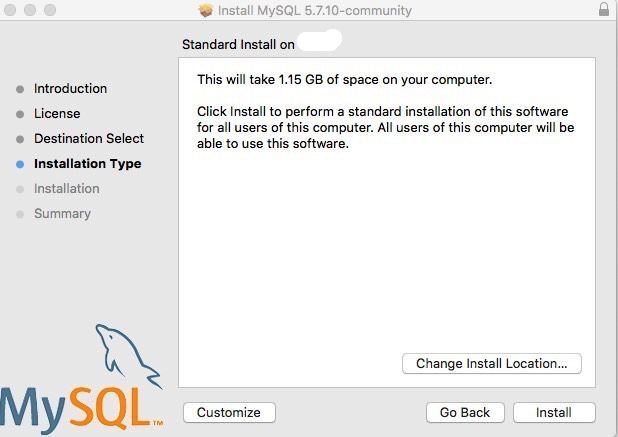

- Mysql for mac install how to#
- Mysql for mac install install#
- Mysql for mac install password#
- Mysql for mac install download#

Document Rootĭocument root is the location where the files are shared from the file system and is similar to the traditional names of ' public_html' and ' htdocs', macOS has historically had 2 web roots one at a system level and one at a user level - you can set both up or just run with one, the user level one allows multiple accounts to have their own web root whilst the system one is global for all users. This will give you an indication of what might be wrong. If you don't get the localhost test, you can try troubleshooting Apache to see if there is anything wrong in its config file by running apachectl configtest The Apache version that comes in macOS Big Sur is Apache/2.4.46Īfter starting Apache - test to see if the webserver is working in the browser - you should see the "It Works!" text.

To start Apache web sharing sudo apachectl start
Mysql for mac install password#
Using the prefix of sudo is required for commands that have their applications protected in specific folders - when using sudo you will need to confirm with your admin password or iCloud password if set up that way. This needs to be done in the Terminal which is found in the OS filing system at /Applications/Utilities/Terminalįor those not familiar with the Terminal, it really isn't as intimidating as you may think, once launched you are faced with a command prompt waiting for your commands - just type/paste in a command and hit enter, some commands give you no response - it just means the command is done, other commands give you feedback. In the Arctype connection screen, enter the above information and click Test Connection.Web serving is built into Big Sur with Apache app, it is installed ready to be fired up. Password: The password for your user, from our example above, this would be myPassword. From our example above, this would be myUser. User: The username of a user granted privileges on the specified database schema. From our example above, this would be myDB. This should be 3306 unless otherwise specified.ĭatabase: The name of the schema containing your data within the MySQL instance. Port: Docker will forward the port of your MySQL server to any port specified in the run command (above).

Otherwise, if your docker container is deployed on your local machine, your hostname will simply be localhost. IP/Host: If your docker container is deployed on a remote machine or cluster, you run this command to get the IP address: docker inspect -f '' YOUR_CONTAINER_NAME To connect to your new MySQL database server from an SQL client, you’ll need the following information: GRANT ALL PRIVILEGES ON myDB.* TO to Your Docker MySQL Database Once you reach the MySQL prompt, run the following commands, substituting myDB, myUser and myPassword for your own desired information. First run mysql -u root -p and enter your specified root password when prompted. First, navigate to your MySQL container in Docker and click the ‘CLI’ button to launch a shell client:Ī terminal window should appear. If you don’t already have a database and user, you can follow these steps to create them now. Note: If you are on an M1 machine, you’ll need to once again specify -platform linux/x86_64īy running docker ps you should see your MySQL database running. In this case, we are not changing the port, so both values will be the same. The -p flag in this command forwards the MySQL server port from Docker to the host machine. You cannot set this in the Docker Desktop GUI and must do so through the command line: docker run -name my-mysql -p 3306:3306 -e MYSQL_ROOT_PASSWORD=mypassword -d mysql The MySQL image requires that you supply a root password. Note: If you are on an M1 (Apple Silicon Chip) machine, you’ll need to run docker pull -platform linux/x86_64 mysql as there is currently no ARM64 MySQL package available. To get the latest one, use pull: docker pull mysql Get the Official MySQL Docker ImageĬheck out the list of MySQL versions available in docker. When first opened, Docker requires additional permissions to function, so you’ll have to enter your password. Run Docker by using the command line or opening Docker.app.
Mysql for mac install install#
Alternatively, if you use a command-line package manager like Homebrew, you can install Docker as a cask with: brew install -cask docker
Mysql for mac install download#
If you don’t already have Docker, you can download the installer from the Docker website.
Mysql for mac install how to#
In this guide, we’ll walk you through how to install MySQL in your Docker container on macOS(X). MySQL is one of the most popular database systems available today. If you and your team are working on a containerized project, you often need a database to store information.


 0 kommentar(er)
0 kommentar(er)
